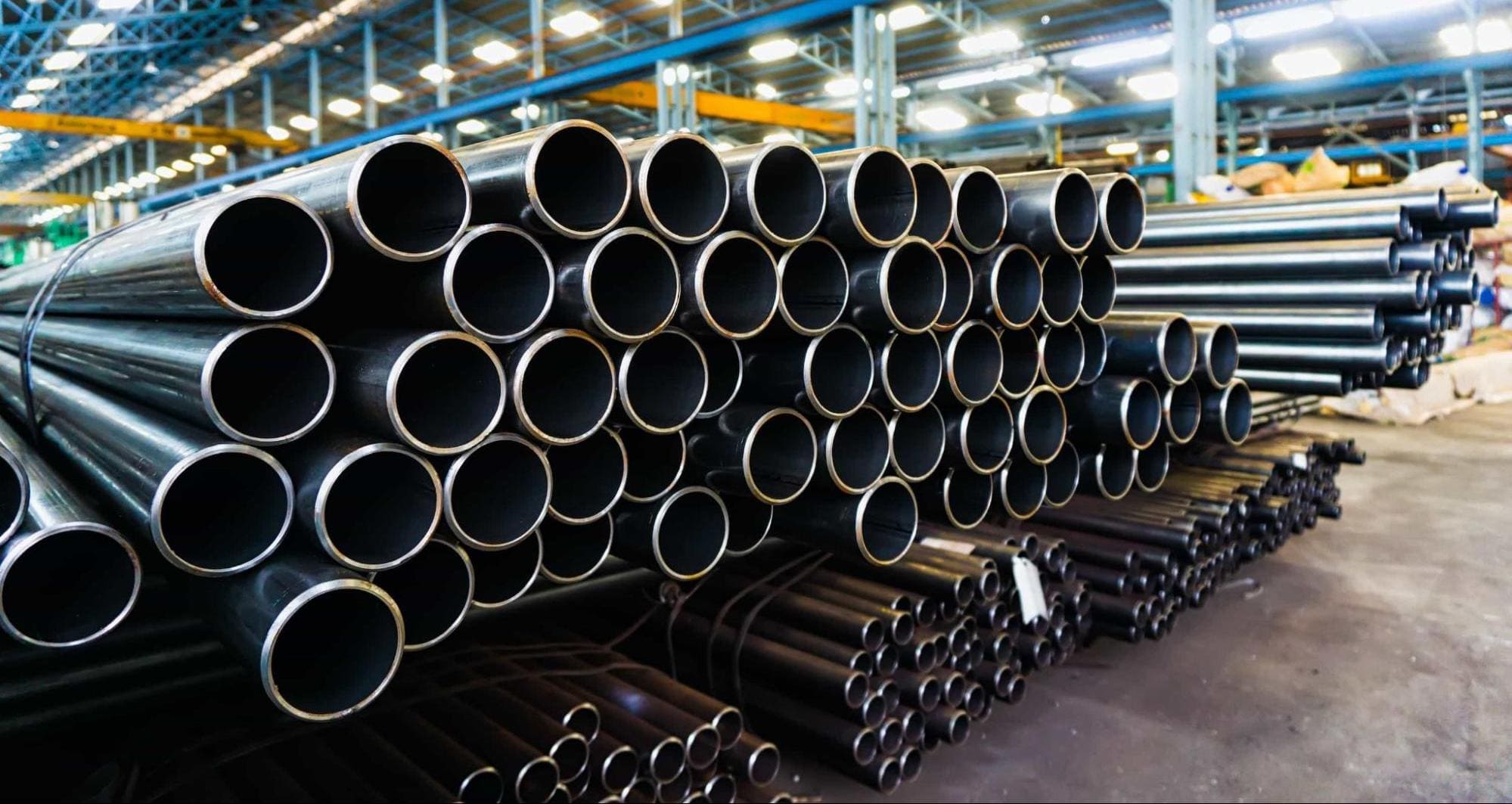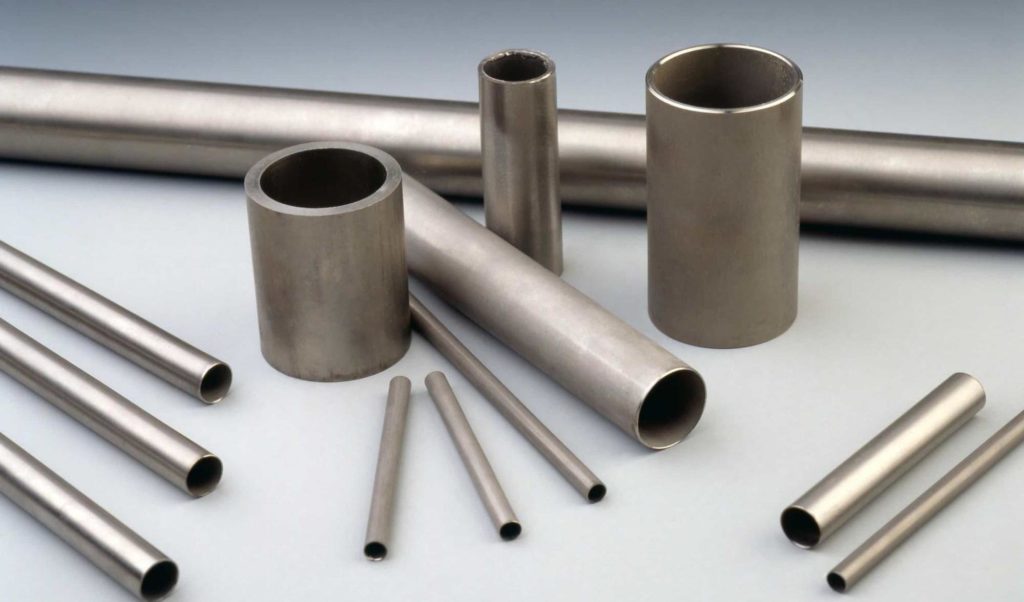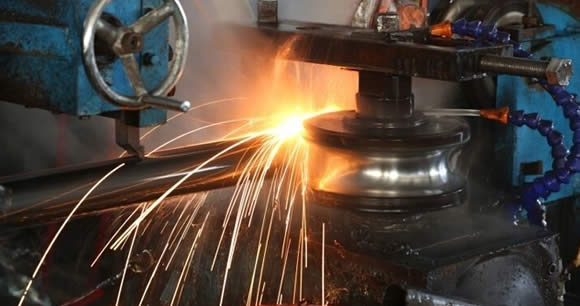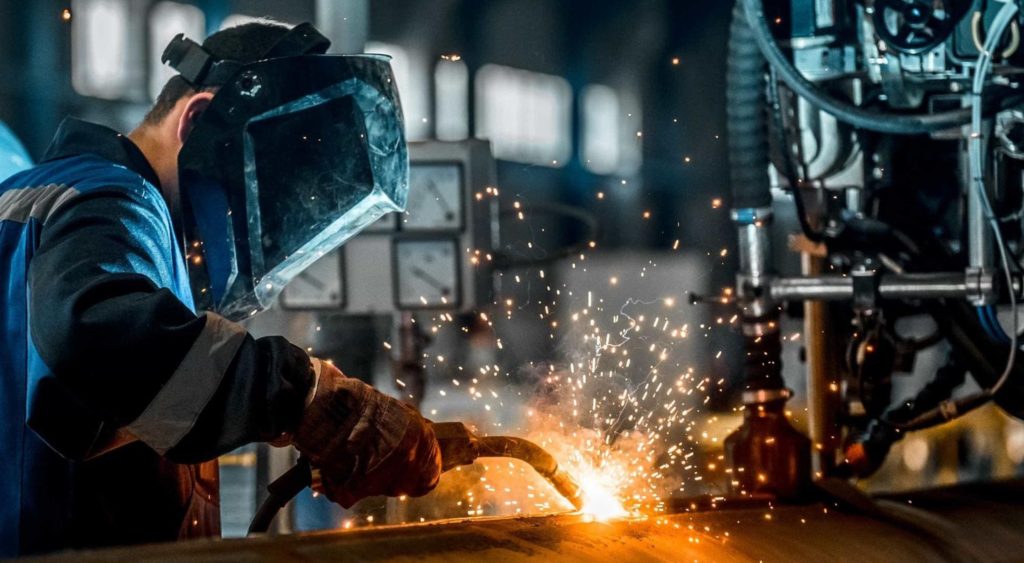Seamless, ERW, LSAW and SSAW Pipes: The Differences Explained

Seamless, ERW, LSAW and SSAW Pipes: The Differences Explained
Steel pipes come in many forms and sizes. Seamless pipes are a non-welded option produced from hollowed-out steel billets. When it comes to welded steel pipes, there are three options: ERW, LSAW and SSAW.
ERW pipes are made from electric resistance welded steel plates. LSAW pipes are made from longitudinally submerged arc welded steel plates. SSAW pipes are made from spiral submerged arc welded steel plates.
Steel pipes are typically used in the oil and gas industry for exploration and extraction (upstream), the transmission of fluids like oil, gas and slurries (midstream) and oil refinement into derivative products (downstream). They are also used for agricultural irrigation, urban construction and more.
Let’s take a closer look at each type of pipe, comparing their differences and how to make an order with the right description.

Seamless Pipe
Seamless pipes are produced from stainless steel billets, which are heated and perforated to create a round hollow section. As seamless pipes have no welded areas, they’re considered stronger than welded pipes and less prone to corrosion, erosion and general failure.
However, seamless pipe costs 25-40% more per tonne than ERW pipes. Seamless pipe is produced in sizes from 1/8 inches to 36 inches.

Electric Resistance Welded (ERW) Pipe
ERW (electric resistance welded) steel pipe is formed by rolling steel coils into a tube and connecting the extremities using two copper electrodes. These electrodes are disc-shaped and rotate as the material passes between them. This allows the electrodes to stay in constant contact with the material to make long continuous welds. Advances in welding technology continue to refine the process.
ERW Pipe is a cost-effective alternative to seamless pipes and more durable than SAW pipe. Defects are also less likely to occur compared to the solvent process used in SAW pipe, and the straight weld defects can easily be detected using ultrasonic reflection or by sight.
The diameter of ERW pipe ranges from ½ inches (15mm) to 24 inches (21.34mm).

Submerged Arc Welding (SAW) Pipes
LSAW (straight seam welded) and SSAW (spiral seam welded) are both variants of SAW (submerged arc welded) pipes. The submerged arc process produces high current density, which prevents the flux layer from losing heat quickly and concentrates on the welding region.
The main difference between LSAW and SSAW pipes is the direction of the seam weld, which affects the pressure bearing capacity and manufacturing ease. LSAW is used for medium to high-pressure services and SSAW is used for low-pressure services. LSAW pipe has higher costs than SSAW pipe.

LSAW Pipe
LSAW pipes are produced by moulding hot-rolled coil plate steel into a cylinder and joining the ends together by welding in a straight line. This creates a pipe welded longitudinally. These pipes are mainly used for long-distance transmission pipelines for oil, gas, liquid coal, hydrocarbon, etc.
There are two types of LSAW pipes: single longitudinal seam and double seam (DSAW). LSAW pipes compete with seamless and ERW pipes in the size range between 16 and 24 inches. In the oil and gas industry, large-diameter API 5L LSAW pipes are used to transport hydrocarbons over long distances efficiently.
LAW Pipe diameter normally ranges from 16 inches to 60 inches (406mm to 1500mm).

SSAW Pipe
SSAW steel pipe is formed by rolling and welding a steel strip in a helix or spiral direction, making the weld seam in a spiral line. The spiral welded process makes it possible to create large diameter options. Spiral steel pipes are mainly used for low-pressure fluid transmissions such as pipelines on offshore platforms, petrochemical industry plants or shipyards as well as civil construction and pile driving.
SSAW pipe diameter range is generally 20 inches to 100 inches (406mm to 25040mm).
How To Order Steel Pipe For Your Project
When ordering steel pipes, there are two key dimensions: the nominal pipe size (NPS) and the wall thickness (schedule). Pipe lengths can be single random (SRL) 5-7 meters for pipes below 4 inches or double random length (DRL) 11-13 meters above 4 inches. Custom lengths can be used for long pipelines. Pipe ends can be bevelled (BE), plain (PE), threaded (THD) threaded and coupled (T&C) or grooved.
Typical Order Details Summary:
- Type (Seamless or welded)
- Nominal Pipe Size
- Schedule
- End types
- Material Grades
- Quantity in meters or feet.
At Australian Steel Traders, we can help supply the steel pipe you need for any project. We are proud to offer a range of high-quality steel products, including seamless, ERW, LSAW and SSAW pipes. We have an extensive network of reliable manufacturers in Australia and internationally allowing us to offer competitively priced steel products. We also offer additional services for financing and delivery, creating a full-service solution for our customers.
If you need to find steel pipe, contact us and our friendly team can guide you through the entire process.
Call (07) 3192 9668 or email sales@astraders.com.au today.
